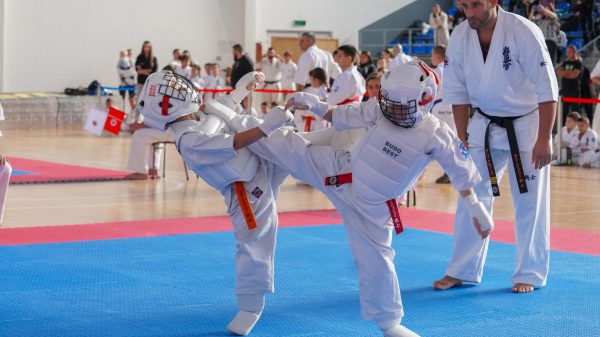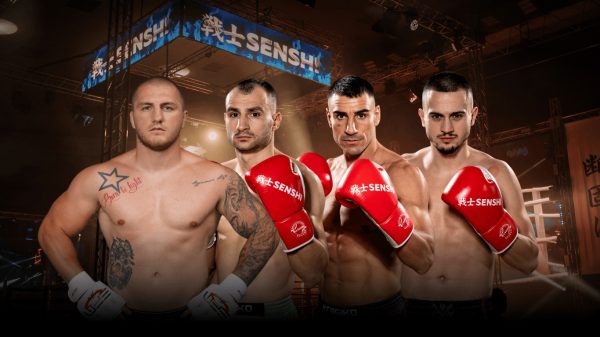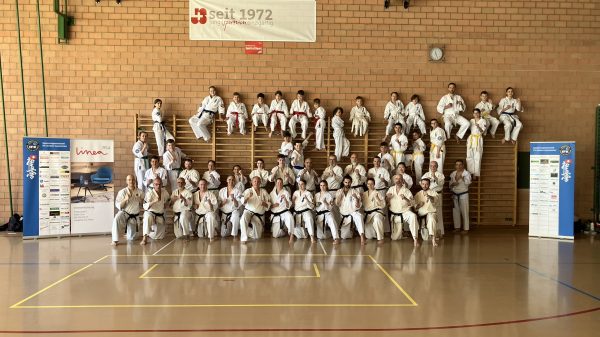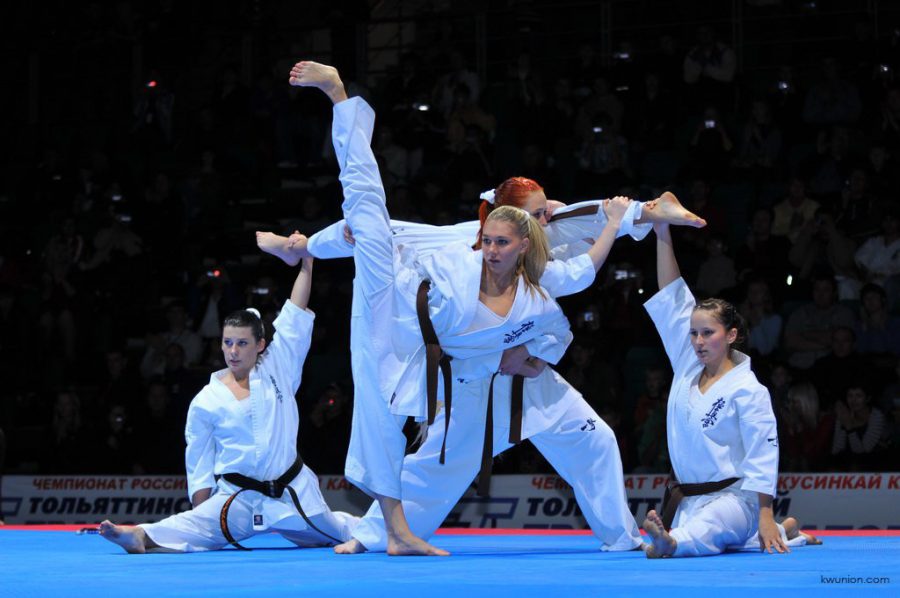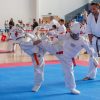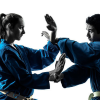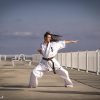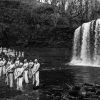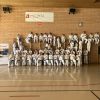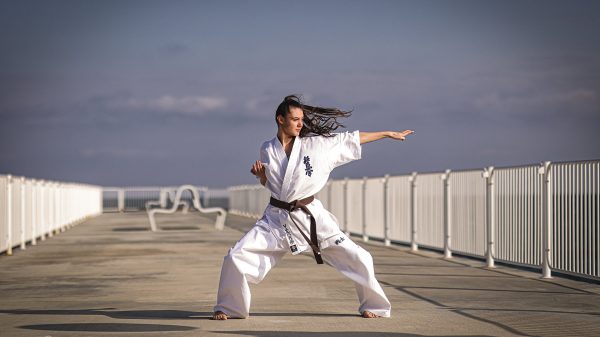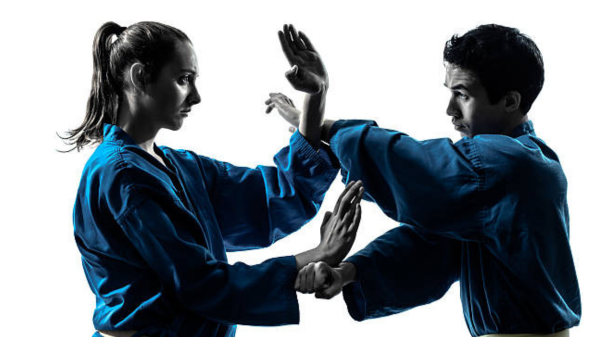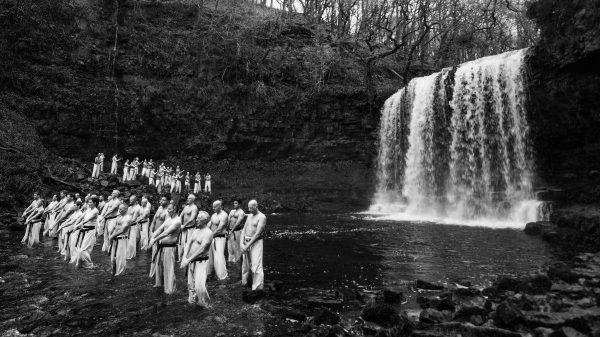Unfortunately, over the years I’ve noticed that many of those interested in karate and in the budo, in general, don’t have a solid understanding of what kata actually is or for what it’s really intended. Therefore, their opinions about its worth are often stalled or go off in directions that lead nowhere productive. There are, in fact, a number of misconceptions about kata. Among the more obvious are the following:
“A kata tells a story.” No, it doesn’t. Combat — even a simple confrontation — is enormously chaotic and unpredictable.
No “story” could be implemented that could be even remotely applicable to the spontaneity of a fight.
“A kata allows us to practice the more deadly techniques of karate.” No, not if you’re just going through the motions.
A finger stab done 10,000 times against an imaginary opponent’s eye doesn’t teach you any more about the effectiveness of that technique than doing it once. All the kata repetitions in the world won’t change that. Kata is just a combination of techniques, randomly assembled. Feel free to create your own; it’ll be just as valuable.
Understanding the true role of kata in karate-do depends to a considerable extent on a familiarity with the three pillars that support it. Grasp these concepts and you’ll find it easier to see the place of kata in your training and to make informed judgments about its practice.
Structural Integrity
It’s easy to look at kata from the outside and conclude it’s an arbitrary arrangement of techniques. Indeed, some contests featuring kata have compulsory rules of the sort one finds in gymnastics meets, where contestants must include a requisite number of kicks or perform for a minimum time. Those who manufacture their own kata approach the task with these standards in mind. This isn’t kata; it’s dance.
A kata has structural integrity. The movements may be fast and light, or slow and heavy, but they make sense. They’re applicable. Standing on one leg and unleashing flippy kicks at head height while rotating in a circle might look impressive, but there’s no solidity, no proper application of power.
Videotape a kata and pause it at any place in the execution, and you’ll see that the karateka is balanced, his body integrated, all parts coordinated. You won’t find him tumbling or upside down. That’s because the kata has kotai or structural integrity.
Coherence
Shin, or “mind,” is a familiar term to martial artists. In this context, it refers to the coherence of the kata. If you think of kotai as the bones of the kata, shin is the collection of muscles that allow it to articulate. Those muscles have to work in concert.
Ever see a kata in which the performer does a split or some other spectacular motion? Remember what happened next? Probably not. The movements of most contrived kata tend to be very fast and spastic. But in almost every case, if you could watch the kata in slow motion, you’d see that the move following one of those dramatic actions is weak, largely meaningless in a combative sense.
The performer has to stand up or reorient himself. The kata stops, in effect. Then it restarts. It’s disjointed. There’s no smooth articulation. In a real kata, there’s a flow. The components work together.
Intent
A real kata — one generated over a long period and by those who knew what they were doing and practiced by someone who’s been correctly taught it — has intent behind it. There’s a unifying set of principles. In some, these principles will be rapid movement, either in and out or laterally. In others, it will be a strong sense of predation — karateka doing it looks like a tiger stalking prey.
In poorly constructed kata, the performer looks like a little kid in a big toy store, his attention in a dervish-like spin. In a good kata, there’s the sense that the practitioner is controlling time and space, setting the pace.
This is an expression of the focus, the intent of the kata. Structural integrity. Coherence. Intent. These three pillars support a kata. Does their presence indicate that kata is useful in karate training? No. There are arguments to be made, but when we’re doing that — when we’re arguing about kata — let’s be sure we have an understanding of just what a kata is.
About the author: Dave Lowry is a freelance writer who’s trained extensively in the Japanese and Okinawan arts. He started writing the Karate Way column for Black Belt magazine in 1986.


